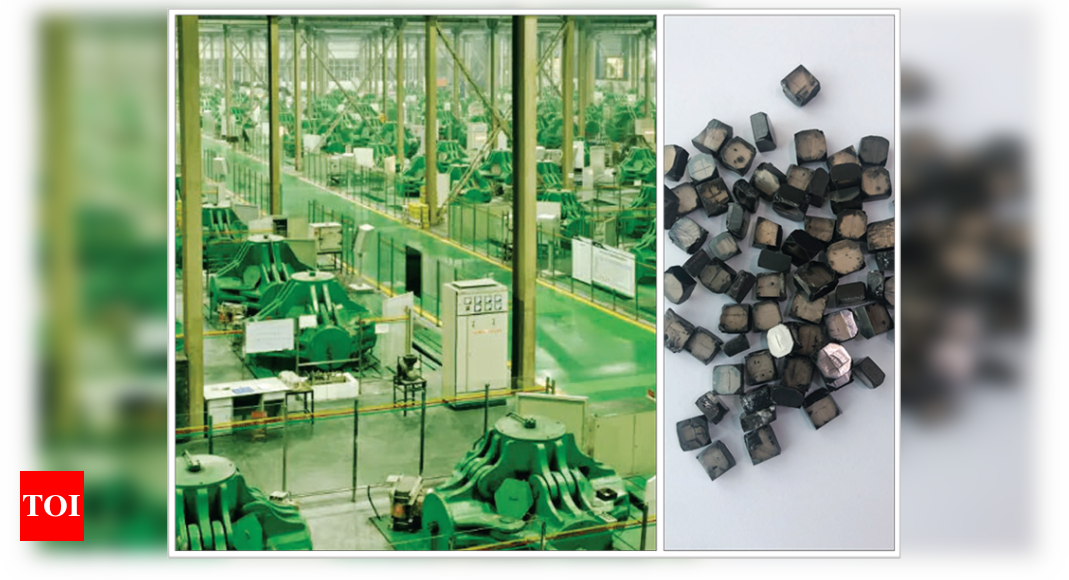The vast majority of U.S. consumers say a sustainable lifestyle matters to them. And they back that up with what they buy. Sixty percent of consumers in a recent McKinsey survey said they would pay more for products with sustainable packaging; for millennials and Gen Zs, the percentage is even higher. A steep cost of going green is “greenwashing”: brands using misinformation or bad data to mislead consumers about their environmentalism.
Organizations that resort to greenwashing risk reputational damage among customers who have paid a premium for what has turned out to be a false sense of sustainability, literally buying into environmentalist myths. Brands combat greenwashing with transparency, providing reliable third-party-verified certification and audited data to measure their impact, sourcing, production, and distribution, as well as to create a reliable future strategy to improve it. Unfortunately, some organizations that withhold such information may still enjoy the halo effect of their sector’s sustainable public image.
The Fast Fashion of Laboratory Grown Diamonds
Diamonds are a cherished and enduring symbol of love and commitment, which makes them a popular investment. As with any significant purchase, it’s important for consumers to research before buying, including the choice between laboratory-grown and naturally sourced diamonds. Given the high financial and emotional costs, it’s critical for diamond brands to help consumers discern between what’s green and what’s greenwashing. And laboratory-grown diamonds may not all be as environmentally or socially friendly as they seem…
Fossil Fuels and Carbon Emissions
Many consumers assume laboratory-grown diamonds are sustainably produced because they do not involve mining. But that’s a misconception: the high-pressure, high-temperature method of manufacturing uses graphite, and the chemical vapor deposition method uses high-purity methane sourced from gas, coal, and oil drilling. Laboratory-grown diamonds’ manufacturing machinery is also built with mined metals.
Large-scale natural diamond producers such as De Beers Group are committed to becoming carbon neutral by 2030, and mining giant Rio Tinto has set the goal of achieving net-zero emissions by 2050, incorporating renewable and alternative fuel sources into mining operations and exploring synthetic fuels and biofuels. The Diavik mine in Canada’s Northwest Territories uses wind turbine energy for a significant portion of its operations, making it a global leader in cold-climate technology.
Natural-diamond companies are also researching innovative methods for absorbing carbon, such as through the mineralization of the kimberlite rock from which diamonds are recovered.
Greenwashing vs. Regulation
The global crackdown on greenwashing has already taken hold across key markets for diamond jewelry. The U.S. Federal Trade Commission (FTC) warns synthetic-diamond companies that it could sanction any campaigns that claim products are “eco-friendly,” “eco-conscious,” or “sustainable” without specific evidence. The FTC also intends to reinforce its Green Guides, which help marketers avoid making misleading environmental claims.
Member companies of the Natural Diamond Council must comply with international and environmental legislation, and any practices including provenance claims must be audited through such third-party certifications as that of the Responsible Jewellery Council.
Social Sustainability and Ethical Sourcing
Governments, mining companies, and nongovernmental organizations are all stakeholders in a healthy and prosperous diamond industry. These stakeholders together ensure that all constituents share prosperity and place the health and well-being of employees and their communities at the forefront of all key decisions. Local communities can retain up to 80% of the value of rough diamonds from these activities as well as taxes, royalties, and other revenue.
Under the Kimberley Process mandated by the United Nations and the World Trade Organization, all rough-diamond trade is strictly regulated to ensure it is conflict-free. The Kimberley Process Certification Scheme has been fundamental to achieving conflict-free trade as a joint initiative among governments, diamond-industry bodies, and civil society since 2003.
The heavy oversight of the natural-diamond industry stands in stark contrast to that of laboratory-grown diamonds. A lack of regulatory oversight or tangible data transparency in China and India, the two largest producers in the emerging laboratory-grown sector, makes it difficult for governments or industry associations—not to mention consumers—to learn about factories or sources from the companies that produce laboratory-grown diamonds.
And for sustainability-minded diamond consumers, that’s one of the dangers of greenwashing: verifying claims of laboratory-grown producers’ sustainable practices is nearly impossible.
The True Cost of Diamonds
Much like that of fast fashion apparel, the price of laboratory-grown diamonds reflects the quantity and quality of production—costing less up front and losing their value accordingly. According to analyst Paul Ziminisky, prices for some 1.5-carat laboratory-grown diamonds have fallen by more than 74% between 2016 and 2023: a consumer who spent $10,600 for a laboratory-grown diamond in 2016 could have bought the same stone seven years later for $2,445. A three-decade long study by Bain & Co reports that, while the price of natural diamonds fluctuates, prices have risen over the past 35 years by an average of 3% annually.
The pricing structures of laboratory-grown and natural diamonds also vary. The supply, size, and available quality mix of natural diamonds depend on geology. Because large stones are very rare, a 2-carat natural stone may cost triple the price of a 1-carat natural stone. For laboratory-grown diamonds, the main constraint is each company’s production capacity, so the price increase by carat is linear.
When evaluating the costs of diamonds, consumers must consider the whole picture. Providing consumers with information transparently will allow them to make more informed decisions regarding diamonds that truly align with their values.
For more information, please visit the Natural Diamond Council’s website at naturaldiamonds.com/facts.






